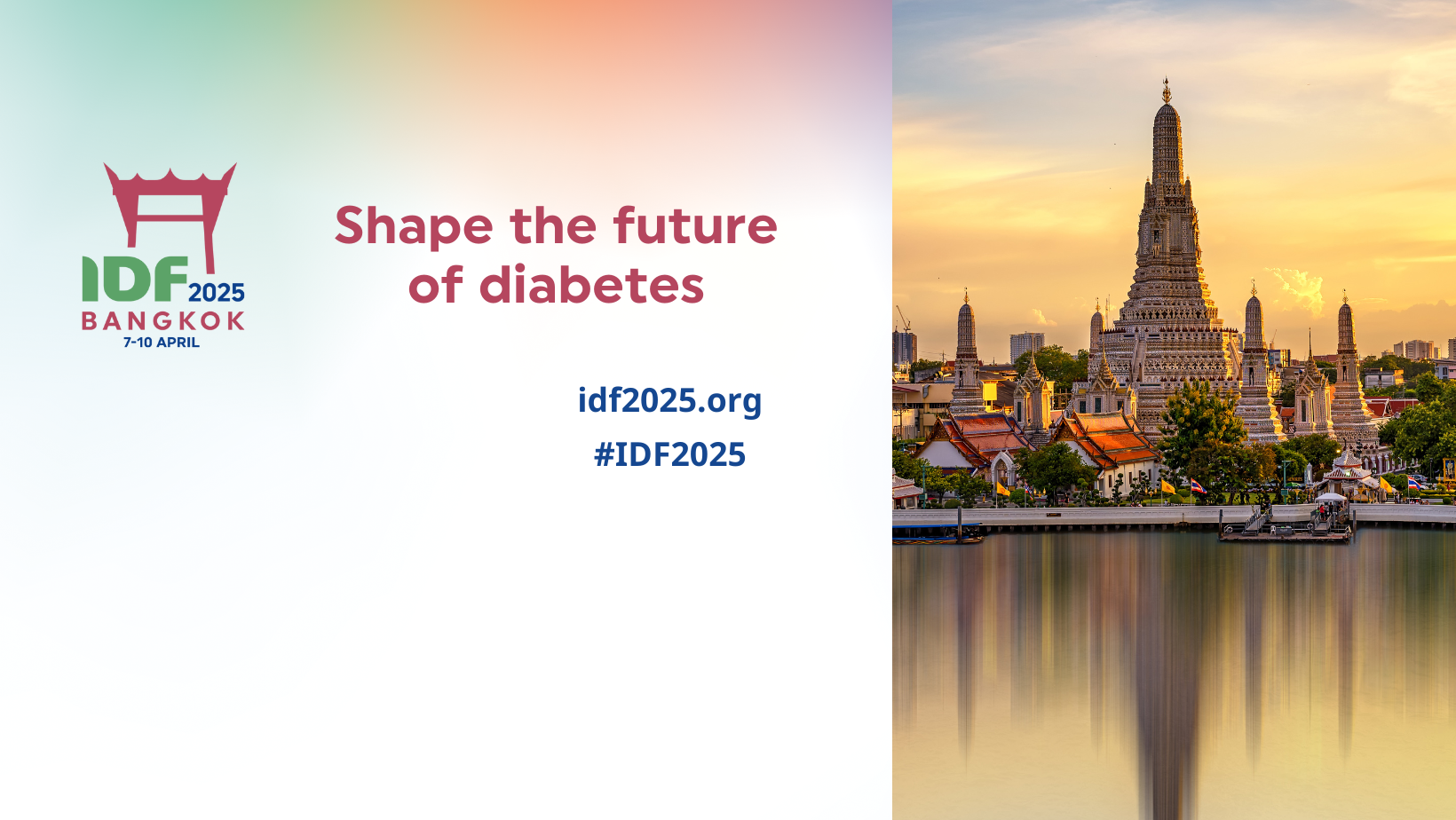
Garg S, presented a session at IDF World Diabetes Congress 2025 from 7th-10th April 2025 in Bangkok. The analysis used Optum’s de-identified Market Clarity Data EMR comprising >79M individuals. A total of 74,679 CGM users met the inclusion criteria, focusing on adults (≥18 years) with type 2 diabetes and specific HbA1c parameters. A subgroup of 6,030 CGM users with T2D was selected for longitudinal glycemic assessment, requiring:
- ≥1 HbA1c value in the pre-index period.
- ≥1 HbA1c value in both the 6- and 12-month post-index periods.
9,258 subjects were categorized based on frequency of CGM use:
- Control group: No CGM use.
- QTL1: CGM use between ≥1 to ≤90 days.
- QTL2: CGM use between >90 to ≤180 days.
- QTL3: CGM use between >180 to ≤270 days.
- QTL4: CGM use for >270 days.
Cohort analysis group by treatment was:
- NIT: Non-insulin therapy: 25,269 people with T2DM
- BIT: Basal-insulin therapy: 16,264 people with T2DM
- PIT: Prandial-insulin therapy: 33,146 people with T2DM
All therapies i.e. NIT, BIT and PIT showed reduction in all-cause hospitalization (ACH), acute diabetes-related hospitalization (ADH), acute diabetes-related emergency room visits (ADER) at 6 and 12 months. Also, substantial reduction was observed in HbA1c at 12 months in CGM users with T2DM (p<0.0001) indicated sustained glycemic control over 12 months. 60% patients from NIT showed >0.5% HbA1c decrease while BIT had 56.5% and PIT with 55%.
Greater reduction in HbA1c was seen with CGM vs. control with greatest reduction in QTL4 patients at 12 months (-1.5% vs. 0.7%, p<0.0001). After 6 months, QLT2 and QLT3 patients showed decreased glycemic improvement. The CGM QLT4 group showed larger HbA1c reduction with the addition of GLP-1RA as compared to control group (-2.2% vs. -1.4%, both p<0.0001).
Conclusion:

